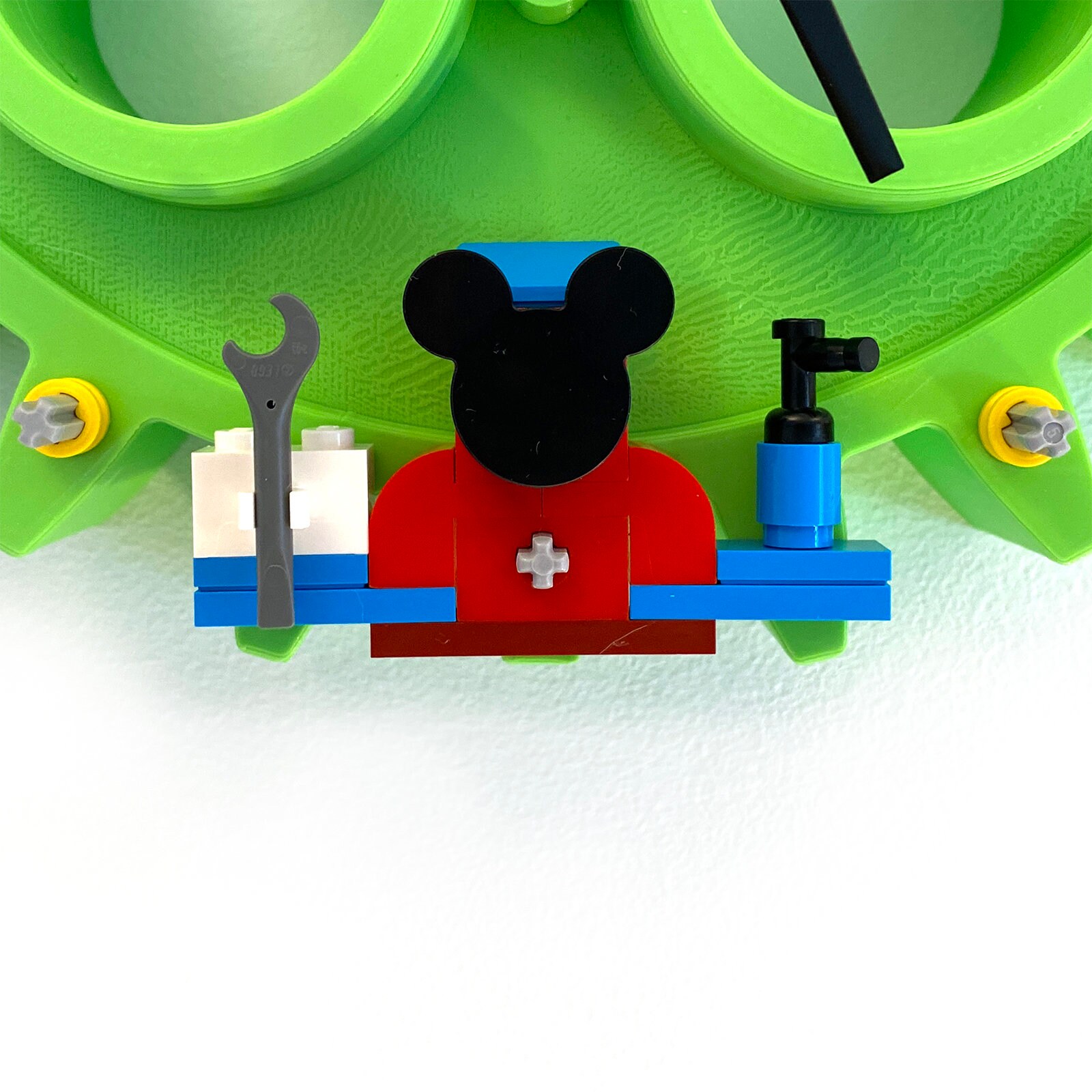

It almost feels as if the PlayStation 3 so resented playing the game that it actively began to sabotage our progress through Oswald. The artificial intelligence on show here is some of the worst we’ve ever seen, and we’ve only just come from playing Call Of Duty: Black Ops – Declassified. If you’re not playing with someone else you can’t swap between the two characters, but instead have to wait as the computer bumbles its way through the game as Oswald. The puzzles this inspires are inanely uninteresting though and absolutely no lessons seem to have been learnt from either the Lego games or the likes of Lara Croft And The Guardian Of Light. Or rather the other player can, using his ability to fly in the air via his rabbit ears and utilising his magic remote control that can spark machinery into life. The game’s major new gimmick is that you can now control Oswald the Lucky Rabbit, as well as Mickey. And that includes having to take Nicola Hill to the school disco when we were 14. Especially as in this sequel they manage to make things considerably worse, with the most hateful co-op experience we think we’ve ever had. We’re still not even sure Spector and his team realise how badly they’re doing. They’re certainly vastly less interesting than anything Sega or Capcom churned out for Disney during the ‘90s.) (There are also some 2D platforming sections to break up the game, but although they seem better by comparison we’d still be generous in describing them as mediocre. Very few developers other than Nintendo have ever mastered the concept and most that have tried have sagely backed away, knowing that it’s almost more trouble than it’s worth trying to get it right – especially if you don’t have the built-in audience that the house of Mario does.


These are old, old problems for a 3D platformer.

But rather than worrying over whether to save Wasteland or destroy it you instead sit there cursing Mickey’s limp jumping ability and the fact you can never properly judge where you’re going to land. These are concepts that would fit in perfectly with Spector’s previous games, and perhaps they might not have seemed so odd here if more attention had been paid to the action. As you can imagine these aren’t the sort of tragic no-win situations that might bother Commander Shepard, but they are yet more evidence of the game’s strange split personality. The choice of paint or thinner makes little practical difference in combat, or indeed puzzles, but bizarrely the game occasionally tries to frame the decisions as moral choices. Either way though you’ll have to struggle with the broken collision detection that seems to make you an impossibly easy target for enemies, but them an implausibly difficult one – even when you seem to have them dead to rights. If you want to be nasty you can dissolve enemies and obstacles with paint thinner. The idea is that if you want to be nice you can turn bad guys docile by covering them in paint (a bit like Ghostbusters II) and by restoring broken parts of the scenery.


 0 kommentar(er)
0 kommentar(er)
